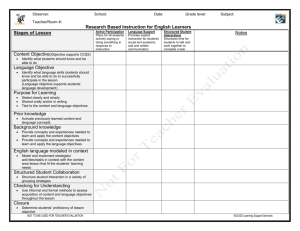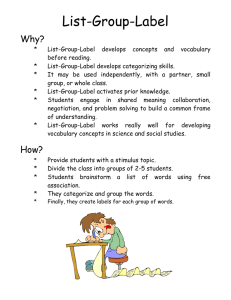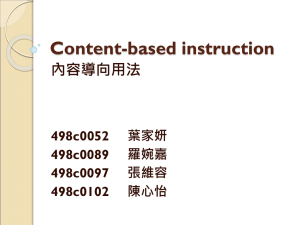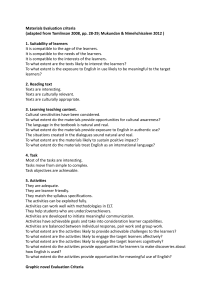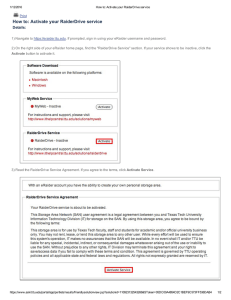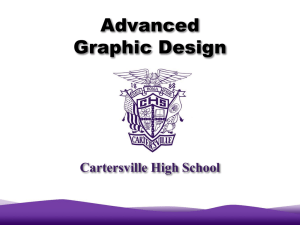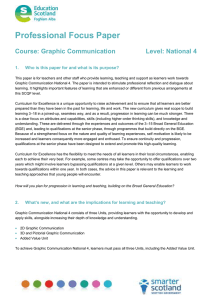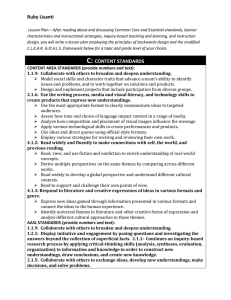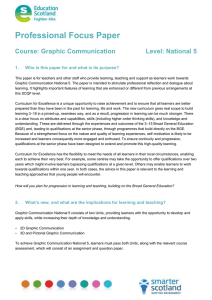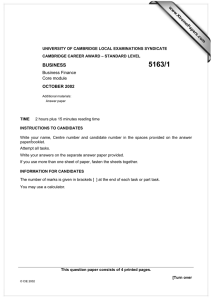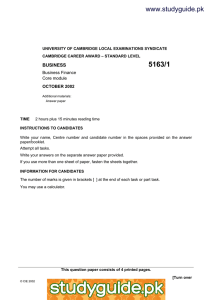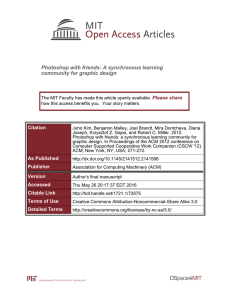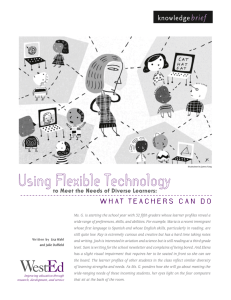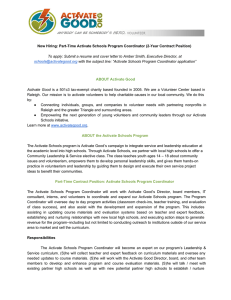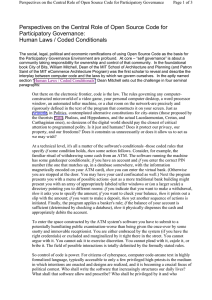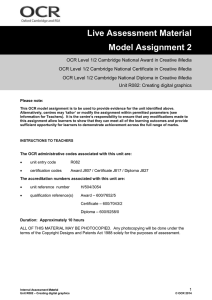Building Background
advertisement
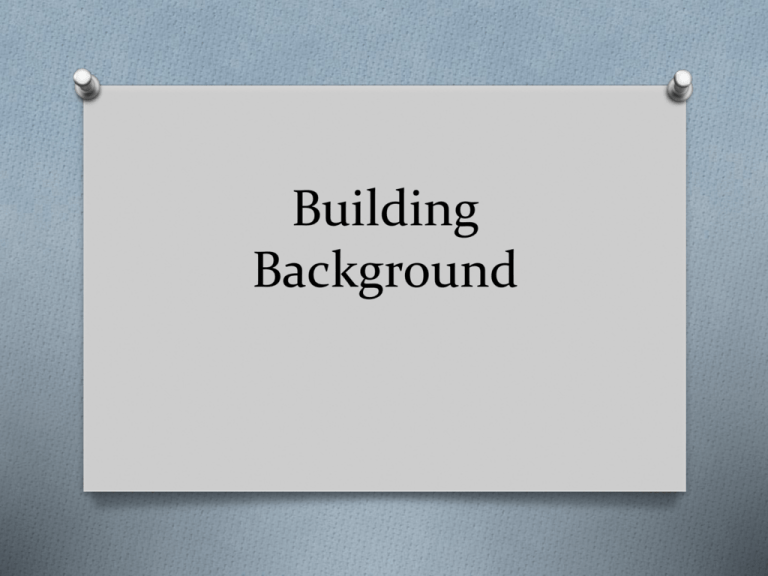
Building Background What is “building background?” O Effective teaching means taking students from where they are and leading them to a higher level of understanding. O To do this well we must link new concepts to student’s background knowledge. …and why should we do it? O Explicit links to personal experiences & past learning helps ALL students succeed. O English language learners (ELLs) are frequently at a disadvantage because they may not have learned the academic language and key vocabulary necessary for understanding the content information. “Vocabulary development, critical for English learners, is strongly related to academic achievement. In addition, for over 80 years, we have known of the powerful relationship between vocabulary knowledge and comprehension.” Easier said than done… What does this look like? O Activate students’ schemata by linking their past experiences & past learning to new concepts. O This provides a basis for learning new information. http://www.thinkport.org/microsites/readi ng/video/activate.mpg What if there’s nothing to link new concepts to? When readers lack prior knowledge consider the following: • teach vocabulary during pre-reading • Provide meaningful experiences (images/videos/models) • introduce a conceptual framework (graphic organizers/chapter previews) O Concept Maps: A simple graphic organizer used to discuss and clarify meaning while introducing a new concept. O Concept Maps: How do I do this in MY classroom? O Word Sorts: students categorize words or phrases (previously introduced) and sort them according to meaning, structure, or word endings. Social studies Word Sort People Weapons Issues George Washington Muskets Right to bear arms Thomas Jefferson Rifles Taxation Thomas Paine Knives Self-governance King George Bayonets Freedom of Religion Paul Revere Cannons Democracy How do I do this in MY classroom? O List-Group-Label: → Students brainstorm words around a topic and determine possible categories or labels for the words. Then students regroup the words written under the various categories. How do I do this in MY classroom? O Anticipation Guides- Help students gain a conceptual framework of the content they will learn and set a purpose for reading. How do I do this in MY classroom? O Question/Answer stems– help elicit O O O O responses (oral or written) Vocabulary Self-Collection- personal dictionaries, choose their own vocabulary words, vocabulary flip books Mnemonic Devices Word banks Cognate study Your Challenge! O Choose one way you will help your students build background this month and attempt it! O Next time we’ll share our experiences building background in our classes!

